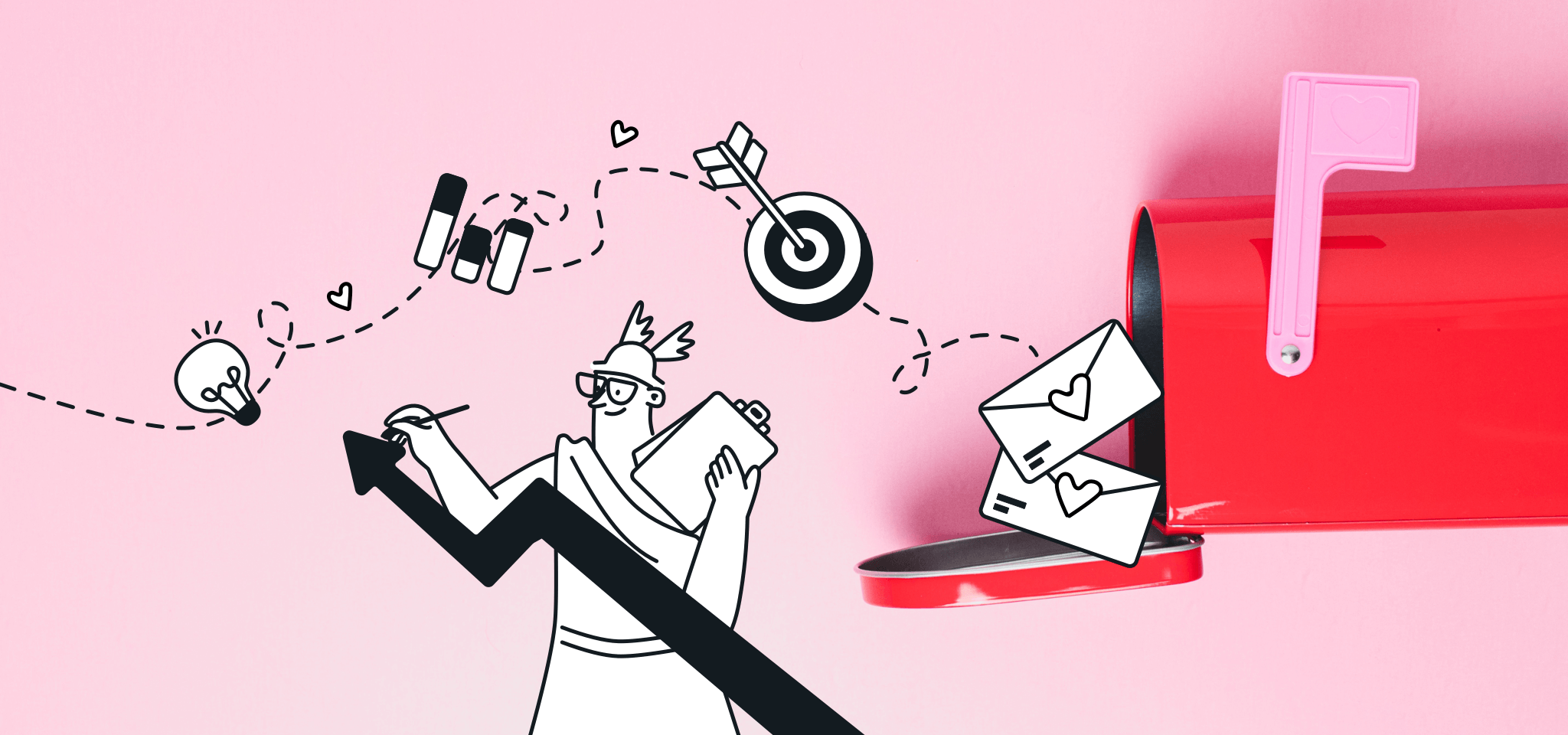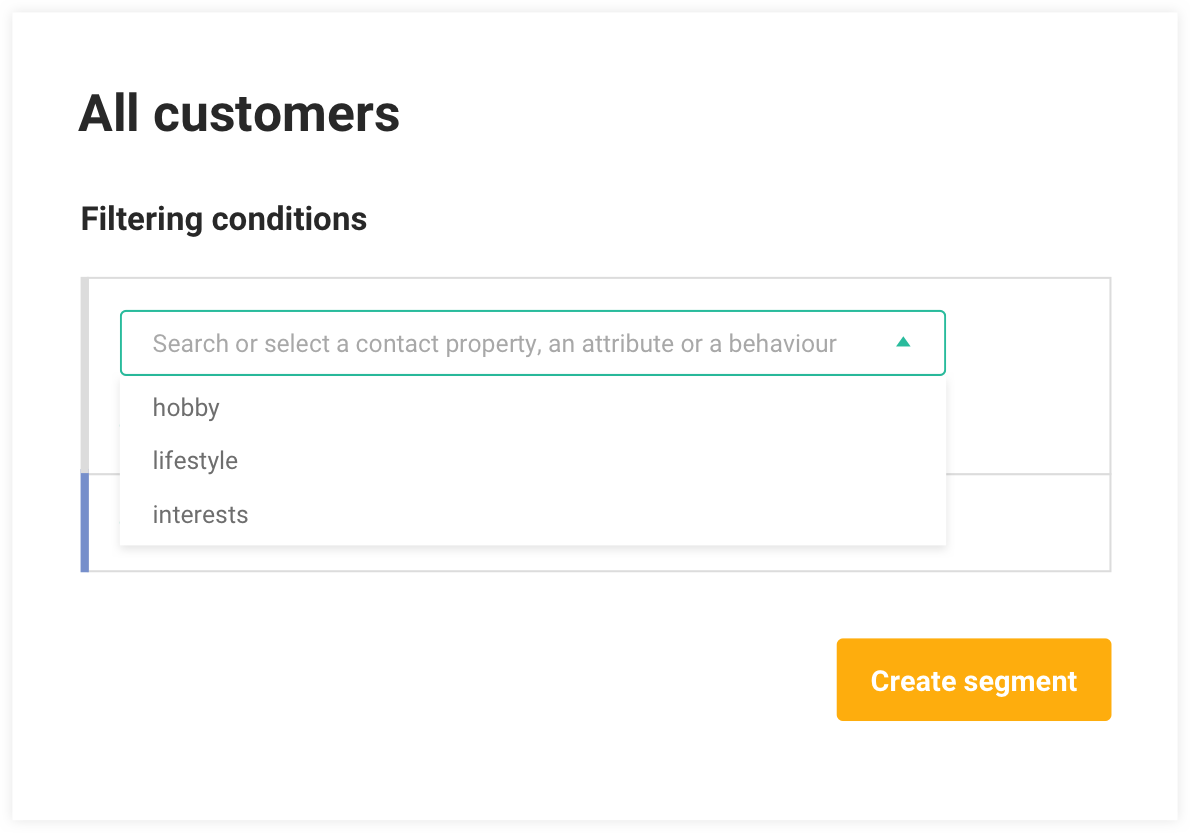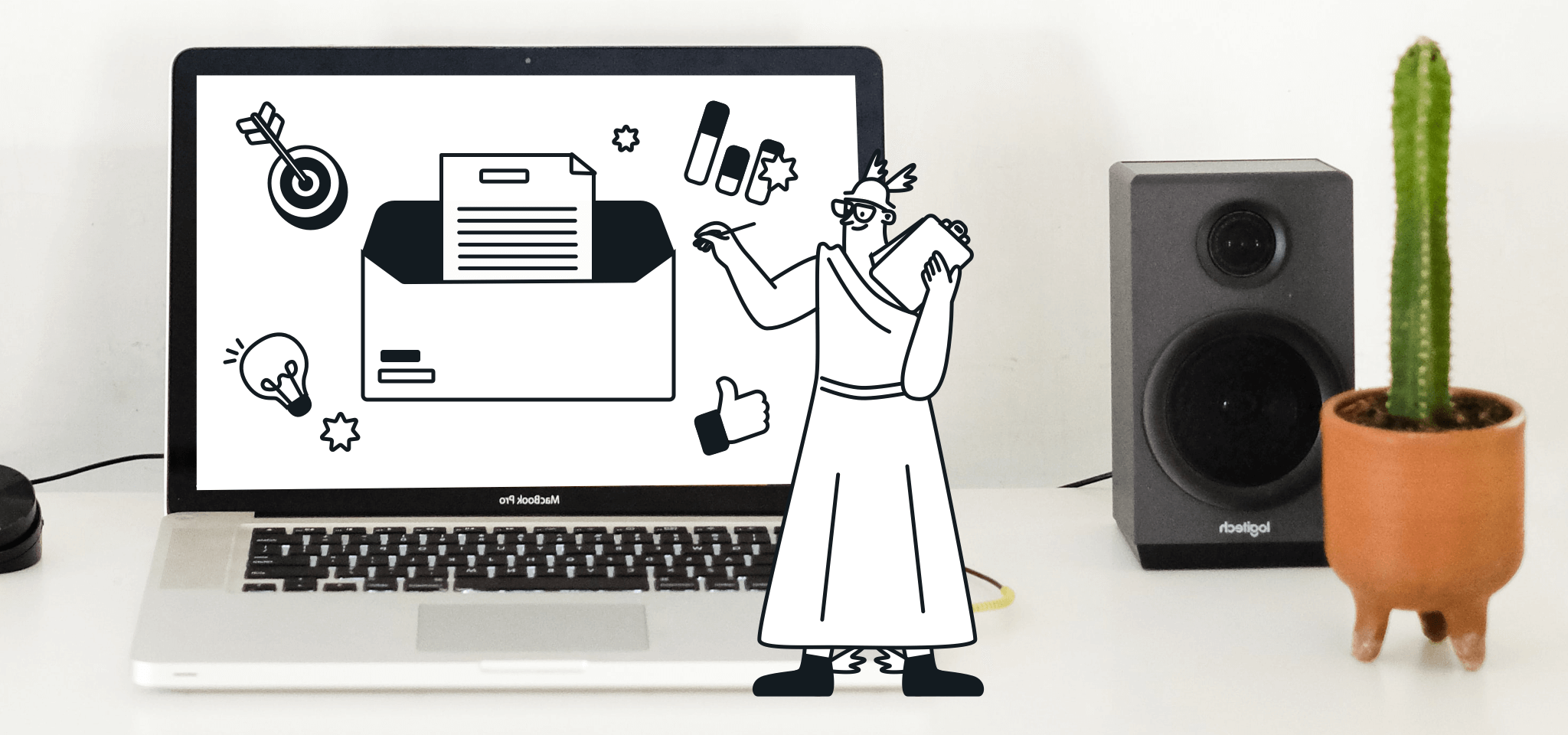Marketing
The benefits of psychographics in your marketing strategy
How can psychographics benefit your marketing strategy? Find out about how you can use them to clearly target consumer desires. Read more...

PUBLISHED ON
When it comes to “psycho” anything, you might feel a little wary – maybe the term makes you think of complex scientific concepts...or maybe you’re just thinking about classic Hitchcock films. But have no fear because, when used correctly, psychographics can be simple pieces of information that help your marketing strategy (and they’re not scary at all).
In this article, we’ll discuss what psychographics are and how they can benefit you just as much as demographic measurements and other types of research. Ready? Let’s get started.
Table of content
An example of psychographic variables
You can understand your audience’s desires and hesitations more clearly
You can target marketing campaigns more closely due to increased knowledge
After sending campaigns, you can analyze effectiveness and refine your strategy
Analytics
Customer surveys
Customer interviews
Segmentation
Personalization
What are psychographics?
It’s the number-one question you probably have right now: What are psychographics?
Put simply, psychographics are statistics and information that explain your target audience’s mental and emotional attributes. They’re things like your targets’ beliefs, activities and interests, and personality traits.
It’s important to note that psychographics are different from demographics. Demographics are things like your targets’ location, race and ethnicity, and educational background. You can see the difference – demographic data is usually inflexible, objective pieces of information. They provide an outline of a person, but not what makes them them.
Psychographics, however, are subjective attributes that offer a fuller picture of your target markets and audiences and their desires, and how you can help convert them with your campaigns.
So, what does psychographic information look like in action?
An example of psychographic variables
Let’s say that you’re trying to sell a new brand of car to your target customers. Your typical target buyer persona demographics may look like this:
Male
Mid-twenties
Single
Has job in location that requires daily commute
Makes $50K+, has disposable income for car payments
These demographics (age, gender, approximate location) are fairly fixed, and they provide some information on the target buyer you want. But demographics don’t tell you the full story.
This is where psychographics come in. You can use them to understand your target’s attitudes and beliefs, like:
Wants a car that doesn’t have a large negative impact on the environment
Focuses on a car’s price over its features and look
Enjoys traveling and visiting friends and family
This psychographic profile lets you know how your ideal customer thinks and feels, and what he values when making a buying decision and considering its future. The Prius ad below is an example of how a car company might target a price- and environment-focused consumer.

What are the benefits of psychographics for your marketing strategy?
As mentioned above, psychographic research can be very helpful in marketing products and services. When you’re marketing something, you want to know how your target audience thinks and feels so you can position and personalize your product or service accordingly. Psychographic data points fill in pieces of your audience puzzle that other marketing research may not include.
Let’s explore some of the benefits in detail.
You can understand your audience’s desires and hesitations more clearly
The biggest benefit of psychographics is, obviously, getting a clear understanding of who your target audience is and what they want. Consider the example of your target buying a car. You don’t just have hazy information that applies to many people. With psychographic data collection, you can immediately figure out what needs draw your audience to you, and what hesitations and desires they have in completing a purchase. It’s detailed information that helps you guide them to a decision.
You can target marketing campaigns more closely due to increased knowledge
So, you know what your audience wants, and how you can give it to them. Once you’re armed with this information, you can use your psychographic targeting to reach your audience more effectively. Your customer values a car’s price? Talk up affordable models and rates in your campaigns. They like traveling and seeing loved ones? Create campaigns that show how they can use your cars to do that. Answer their questions, soothe their inhibitions, and appeal to their wants.

For maximum effectiveness, you can use psychographic segmentation to create campaigns aimed at different audience groups. You can easily divide your audience into segments based on your collected psychographic factors, like hobbies, lifestyles and social classes, and personalities. Just as audiences are made of different demographics, so it is true for psychographics. Campaign based on the audience preferences that will give you your widest reach.
Send amazing email campaigns with MailjetCollaborate with your team to design and send beautiful email campaigns that truly speak to your audience.
After sending campaigns, you can analyze effectiveness and refine your strategy
It’s inevitable in any marketing campaign – not everyone will purchase your product or service on their first exposure. However, this doesn’t mean you should give up. In many cases, it’s simply a sign that you haven’t gathered enough profiling data for an audience segment, or that your campaigns have targeted the wrong personalized psychographic factor.
Using post-campaign analytics, you can see what made your audience successfully respond to you. Use these metrics and new audience and market research you may collect to refine your marketing for unmoved targets and guide them to specific products and services. By appealing to them in the right way, you can convert them into customers.
How can you create a psychographic profile?
By now, you know what psychographics are and how to use them. But, you may be wondering...how can you collect useful psychographic data? The good news is that there are many ways to do so, and we’ve defined a few of them below.
Analytics
Analytics are a gift that keeps on giving, and they’re easy to use. Simply measure how each segment your target audience responds to your campaigns. Who responds, and why? What drives their desires, and what are the details of those desires? Simply by measuring customer engagement (like email open rates and click-through rates), you can see what personalized content speaks to your consumers and what it says about them.
However, make sure that, when processing data from consumers in the European Union, you follow the rules of the General Data Protection Regulation. This regulation ensures that EU consumer data can only be used in certain ways, and that marketers must comply with data regulations. Even if you are based in a non-EU country, the GDPR applies to you if you collect any data from EU citizens. So, make sure you follow it carefully.
Customer surveys
If there’s one thing customers love, it’s being able to give feedback. Give your customers (and prospective customers) surveys and questionnaires via email, phone, social media, and more. If you can, host in-person or virtual focus groups. This gives your customers a chance to voice their opinions. It also gives you a chance to collect data on what they want, what they don’t want, and how you can drive interest in and engagement with your brand.
Customer interviews
While surveys are often shorter and ask more general questions of your audience, customer interviews allow you to get deeper insight on existing customers and find out more about what attracts and retains them. Contact both new and long-time customers that make up your audience base and ask them if they’d like to be interviewed. During the interview, you can ask specific questions based on their activity and make notes on their habits based on their psychographic traits. With a variety of customers, you can get data on different segments you want to target most.
How is psychographic marketing applied to email marketing?
You can apply psychographic methodology in all kinds of traditional and online marketing channels, from highway billboards to social media platforms and website landing pages. One of the best channels is email marketing – as a consumer moves through the customer lifecycle, there are many versatile ways to use email to appeal to their psychographic traits and keep them engaged and satisfied.
Segmentation
Segmentation helps you send more relevant emails based on different demographic or psychographic data. You might’ve already tried segmenting an email campaign based on a user’s location or gender, but you can find patterns and extrapolate preferences in psychographic data to build segments. Leverage contact property data and analyze psychographic data to create customized messages and target different segments with different campaigns that highlight both familiar options and new, interesting choices.
Many brands include questions regarding preferences and interests as part of the sign-up process, which then enables them to create segmented campaigns that really speak to their users or only send them those messages they’re really interested in.
A good example of this is The FA Player website, which asks users to select their favorite team and uses this data to offer a more personalized experience and send more relevant campaigns.

Read our blog post to learn more about email segmentation and how it can increase your conversion rates.
Personalization
Personalization is another way to leverage psychographic data in email marketing. One easy way to do this is to target not only with your email subject lines and CTAs, but also with the actual products and services you highlight in each message. Sure, there may be a brand new product you want to promote to everyone, but will it actually appeal to all of your audience? Probably not.
This type of personalized messaging works well when you know what products and services your users have already purchased from you. Once you know what they have used (and perhaps even given positive feedback on), you can personalize new email suggestions based on their prior history using dynamic content blocks and templating language.
A great example of this is Netflix – they know their audience is already using them, and they send personalized content to each user to entice them to stay subscribed. The below email shows how Netflix leverages app data on the kind of shows and movies they have watched before and builds recommendations based on user preferences.

Read our blog post to learn more about adding personalized content to your email campaigns.
From these examples, you can see how easy it is to apply psychographic data to email marketing campaigns – and, of course, you can also apply personalization and segmentation to all of your marketing channels to better target your consumers. Once you know who they are, you can work within their desires and attributes to attract and retain their loyalty.
Wrapping up
No matter which channels you use to market, it's obvious that psychographic marketing can only help your campaigning and customer attraction and retention. With a firm grasp on your audience’s desires and traits, you can successfully appeal to them in a variety of ways.
Here are the main takeaways to keep in mind when utilizing psychographics:
Psychographics are a necessity when marketing – they can be used to target current and potential customers via personality traits, wants, and more, as opposed to simple demographics.
Use psychographics to appeal to both mass audiences and psychographic audience segmentations in your campaigns. Different approaches work for different groups.
Use analytics to find out where your campaigns are succeeding and where you can improve. Get data straight from your consumers to create clearer psychographic profiles.
After you’ve implemented psychographics into your marketing strategy, you’ll be able to create better audience profiles, more effective campaigns, and higher customer retention rates. And, despite what Hitchcock may have you believe, those “psycho”graphics won’t scare you at all.








